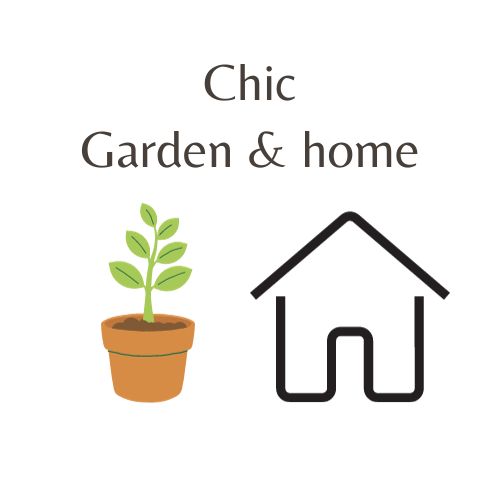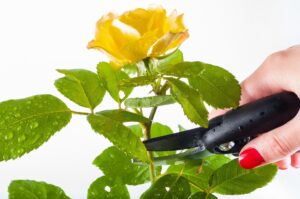Indoor gardening can be a rewarding and enjoyable hobby, and with the right care and attention, you can grow a variety of plants inside your home. Here are some of the best tips for successful indoor gardening
Choose the Right Plants
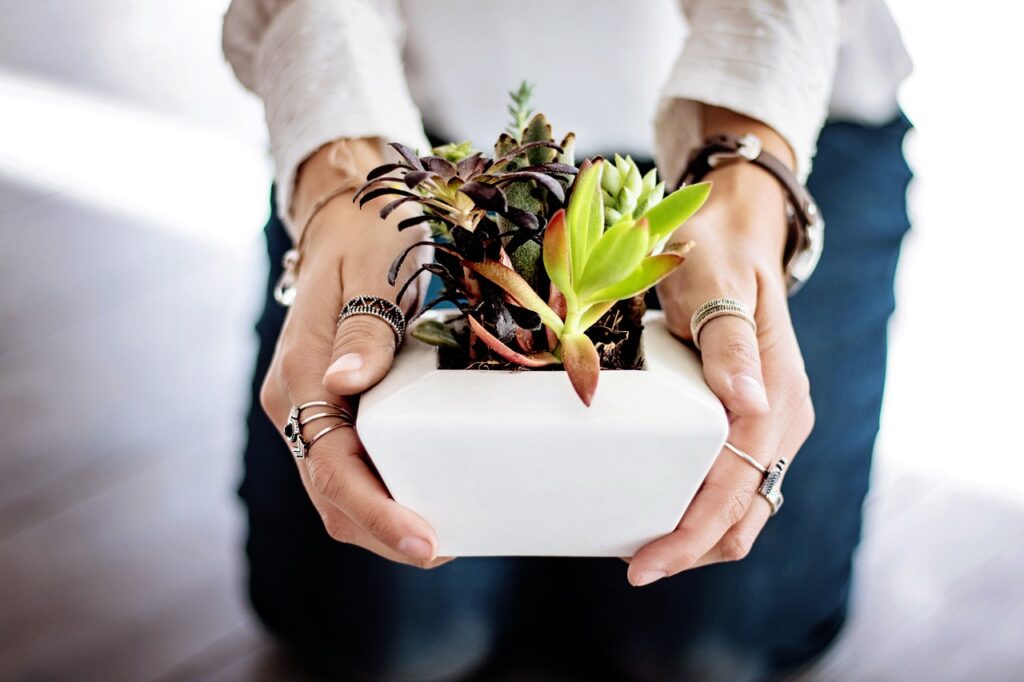
- Select plants that are well-suited for indoor conditions. Some popular options include herbs, succulents, spider plants, pothos, snake plants, and peace lilies.
- Consider the lighting conditions in your home and choose plants that thrive in low, medium, or high light.
Provide Adequate Light
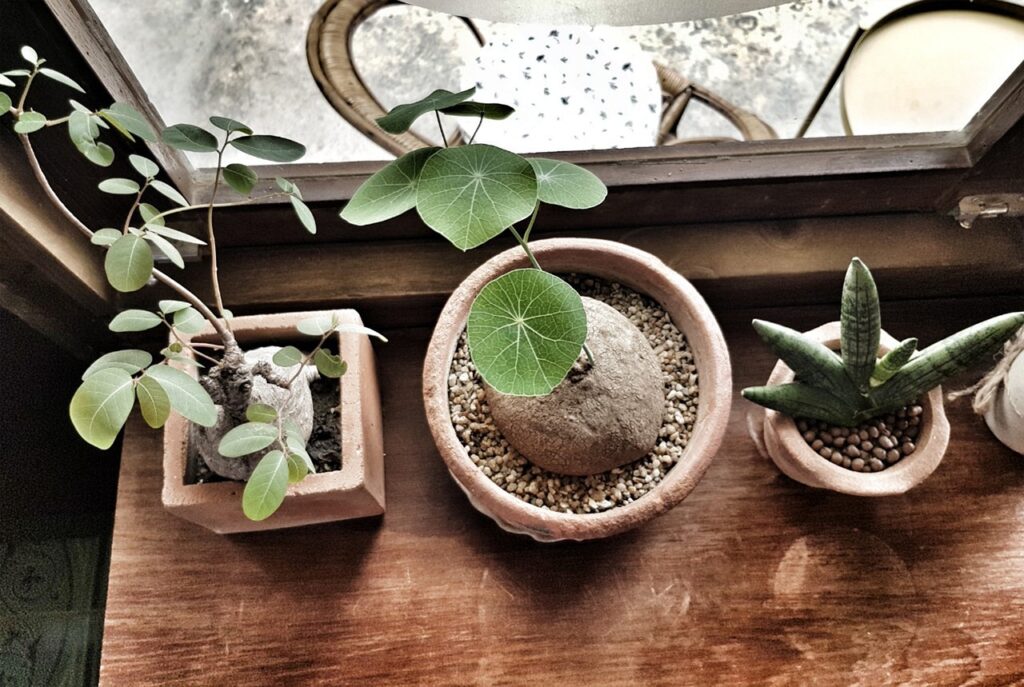
- Place your plants near windows with the appropriate light levels. South-facing windows generally provide the most sunlight, while north-facing windows receive the least.
- If natural light is limited, use artificial grow lights designed for plants to supplement or replace natural sunlight.
Proper Watering
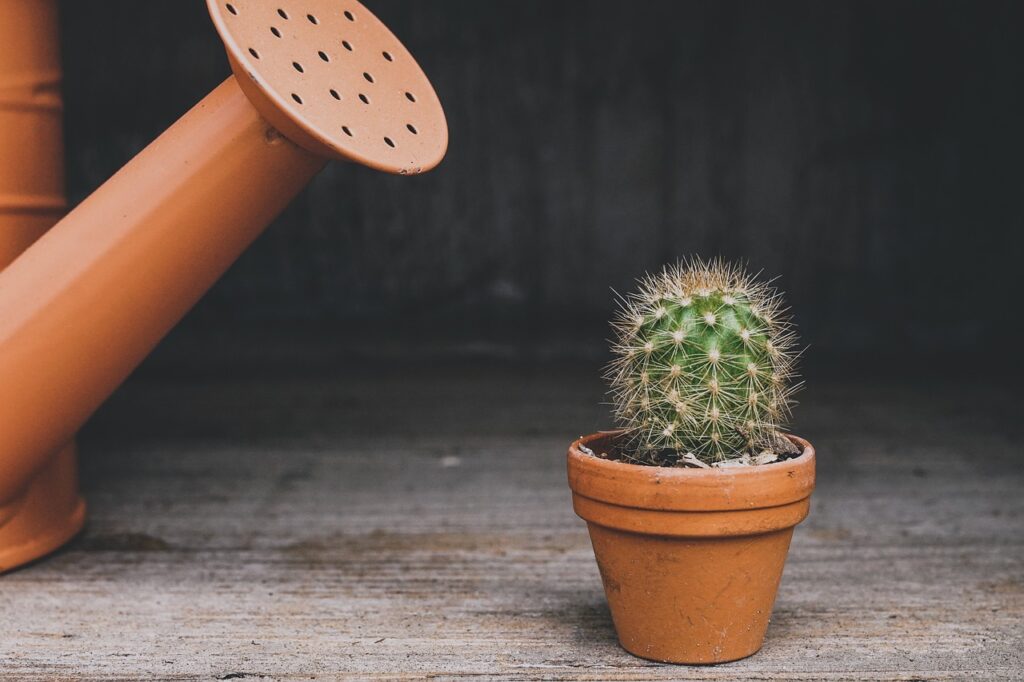
- Overwatering is a common mistake in indoor gardening. Always check the moisture level of the soil before watering.
- Use pots with drainage holes to prevent waterlogged soil. Allow excess water to escape freely.
Good Soil and Potting Mix
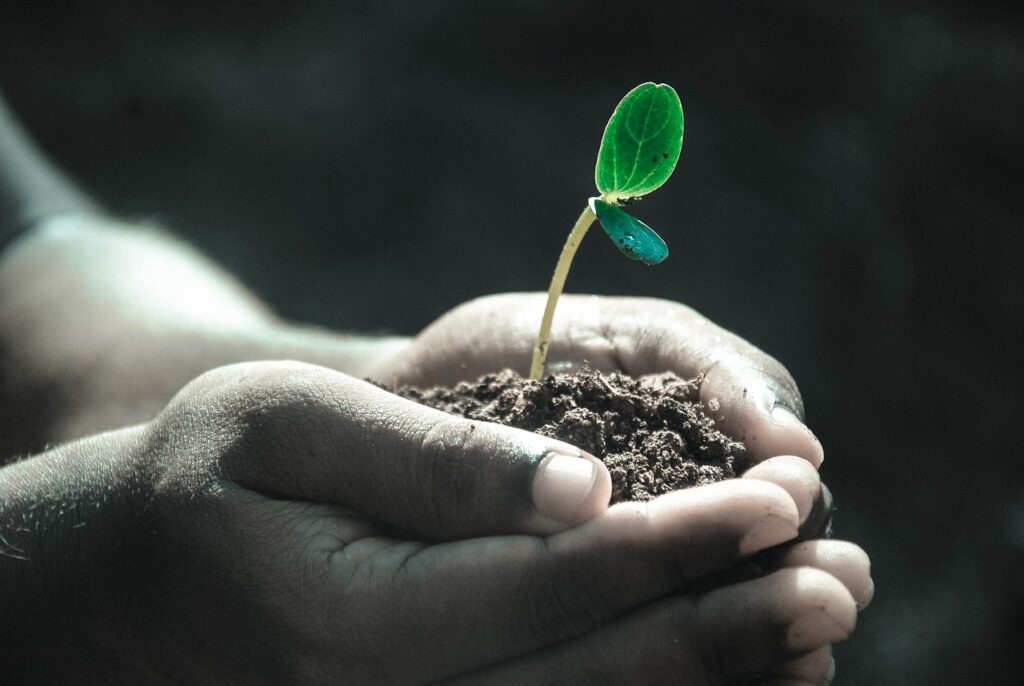
- Use well-draining potting mix formulated for the specific type of plants you’re growing. Different plants have different soil requirements.
- Consider repotting your plants every 1-2 years to refresh the soil and provide more space for growth.
Humidity Control
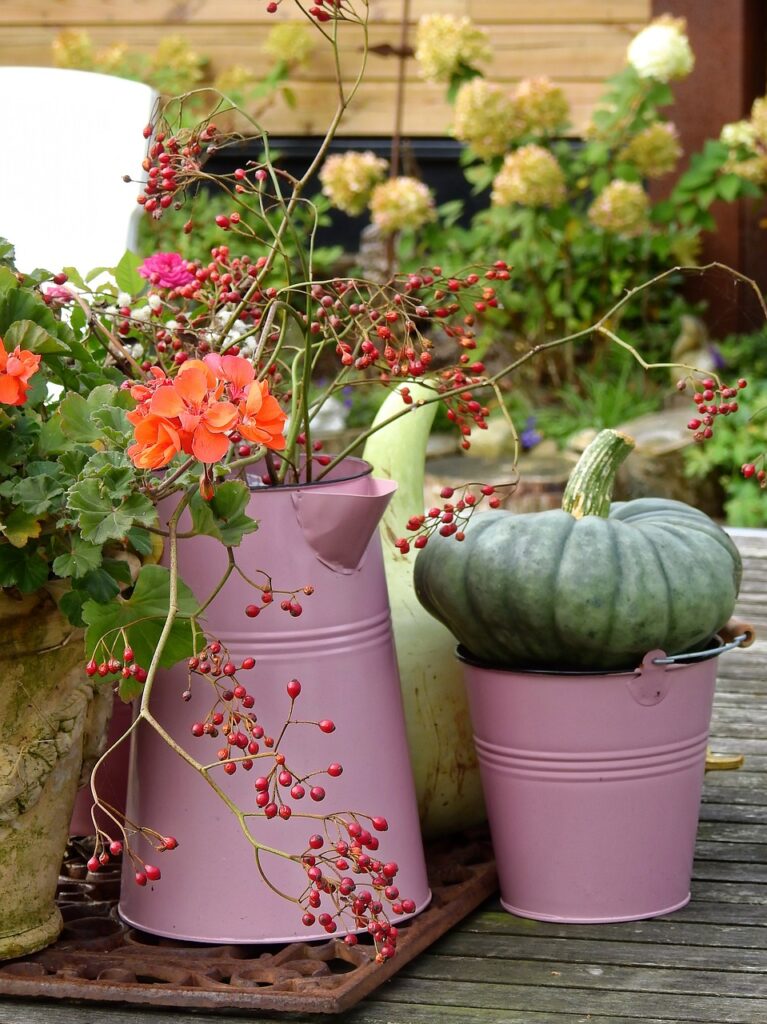
Many indoor plants, especially tropical varieties, benefit from higher humidity levels. You can increase humidity by using a humidity tray, misting your plants, or using a humidifier.
Temperature and Ventilation

- Maintain appropriate temperatures for your plants. Most indoor plants thrive in temperatures between 60-75°F (15-24°C).
- Ensure good air circulation to prevent the buildup of pests and diseases.
Fertilize Appropriately

- Use a balanced, water-soluble fertilizer formulated for indoor plants. Follow the recommended dosage on the packaging.
- Fertilize during the growing season (spring and summer) and reduce or stop fertilization during the dormant winter months.
Pruning and Maintenance
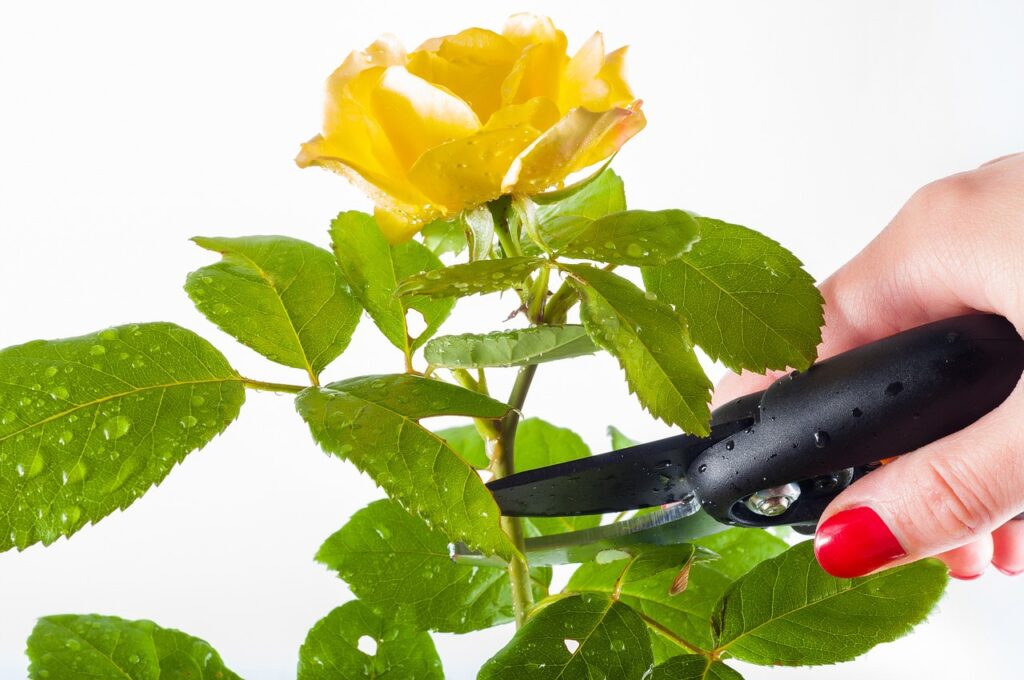
- Regularly prune your plants to encourage bushier growth and remove dead or yellowing leaves.
- Check for pests and diseases regularly. If you notice any issues, address them promptly.
Support and Staking

Some indoor plants, like tall or vining varieties, may require support or staking to prevent them from falling over or becoming tangled.
Patience and Observation

Indoor gardening requires patience. Be observant and learn to understand your plants’ needs by paying attention to their growth and behavior.
In conclusion, these gardening tips are essential for successful indoor gardening. With the right care and attention to detail, you can create a thriving indoor garden in your home. Happy gardening!
